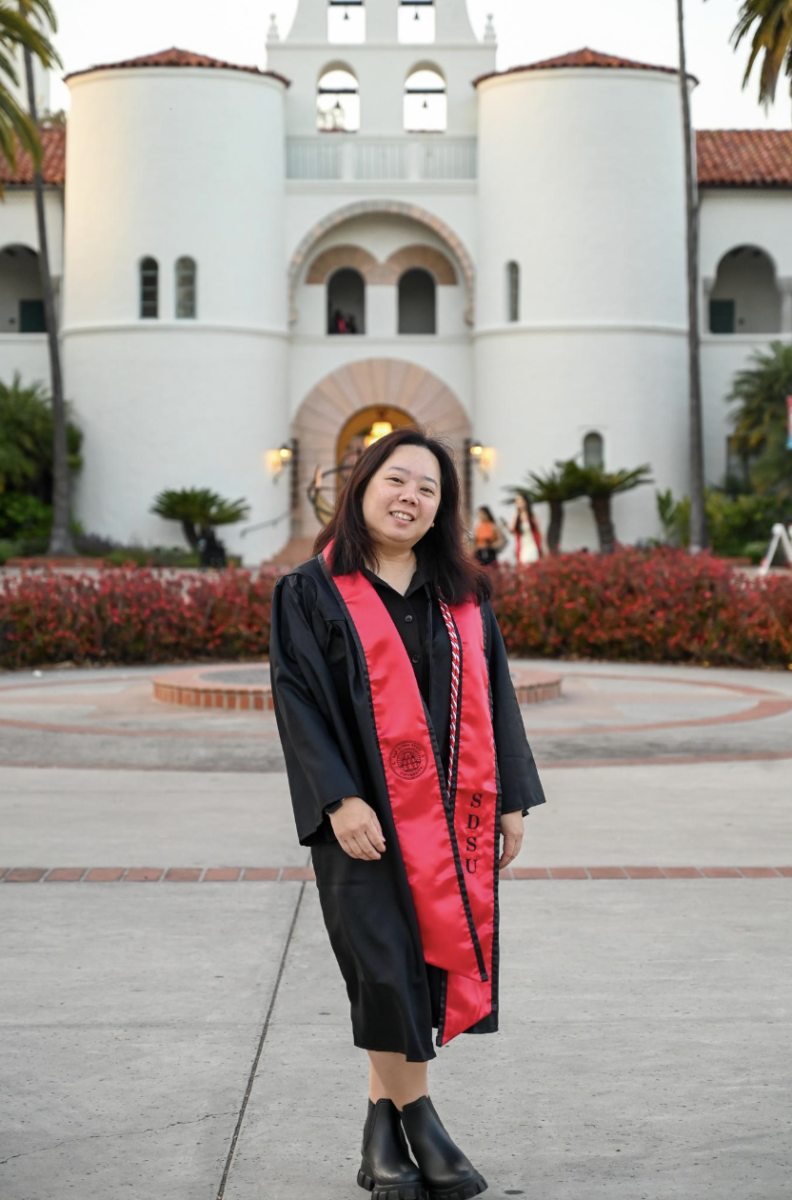
I have never been homeless. Growing up, there were rough patches when my family was forced to move many times in the course of a few years, but we always had somewhere clean, dry and comfortable to stay. We always had enough to eat. My brother and I never missed school because of our situation. Looking back, I had a good life despite my family’s hardships.
Unfortunately, many in our neighborhood cannot say the same. According to sleeplesssandiego.org, there are more than 10,000 homeless in San Diego County alone, not accounting for those who can’t be tracked. Many organizations attempted to bring light to this issue. The San Diego Rescue Mission recently held an event dedicated to enlightening the community about the troubles many people in the area experience on a day-to-day basis.
Sept. 29-30 marked the sixth annu- al Sleepless America San Diego event, which took place in Liberty Station. Hundreds of volunteers headed out with sleeping bags, blankets and pillows to experience sleeping outside, as is the norm for homeless people. While the organization’s intentions were pure, the experience fell short of expectations for such an event. It turned into more of a community campout under the stars, with food, games and live performances. Local high school and college-age guest speakers were also invited to share their tales of hardship.
According to the event’s official website, “There will be private security guards on site all night, all areas will be well-lit and a fence will surround the event’s perimeter. This event will bring together concerned members of the community (not homeless individuals).” Vendors sold food on-site, and snacks and refreshments were handed out. Volunteers also had access to temporary restrooms and, if needed, first aid. Apparently, “homeless individuals” are not considered part of the community—at least not to the event’s organizers. Collecting money for them is fine, as long as elbows aren’t literally brushed in the process. This incongruity is unacceptable, despite good intentions behind the project.
I had the opportunity to speak with San Diego Rescue Mission volunteer coordinator Debbie Krakauer about the event. When asked if she believed participants left with a better sense of the homeless lifestyle, she replied, “Of course not. It was only one night of inconvenience,” and reaffirmed the main goal of the program was to raise awareness for the homeless situation in our community, not to simulate the true homeless experience. Even so, Krakauer believes the event was a success and those involved realized the homeless population is larger and more varied than they thought.
Even so, to what extent is such an event really helpful? One night of inconvenience (even this is argu- able, considering participants were encouraged to bring anything they might need for sleeping) does not equate to years of struggling to sleep on cardboard or unforgiving concrete sidewalks. How much can truly be learned when it’s so easy to go back to a bed and a hot meal the next day? While the one-night experience may create appreciation for the things we have, it doesn’t solve the problem many people face each day.
I asked Krakauer what would happen if a typical homeless person showed up to the event and wanted to participate.
“It’s not an event for them,” she replied. “I’m sure some managed despite security. Some just wanted to get in because it was a safe place to be, but that was not the focus of the event.”
This is precisely the mission’s downfall. The objective became nullified as soon as the people this event was planned for were ostracized at the door.
I understand how some partici- pants may have walked away inspired to do more good in the community. Perhaps we will even see an increase in volunteers at soup kitchens this holiday season thanks to this event. But one or two acts of kindness do not turn around a lifetime of hardship for those in need. There are several pro- grams dedicated to finding solutions to the problem, such as the Regional Task Force on the Homeless. An- other example is a process known as “gleaning,” where volunteers collect fruits and vegetables deemed unfit for supermarkets and distribute them to food banks.
While the San Diego Rescue Mis- sion may have succeeded in creating awareness, it failed to offer a solution. We need to fix the problem of homelessness at its roots by asking our- selves why it is a problem and then do what we can to turn things around.






